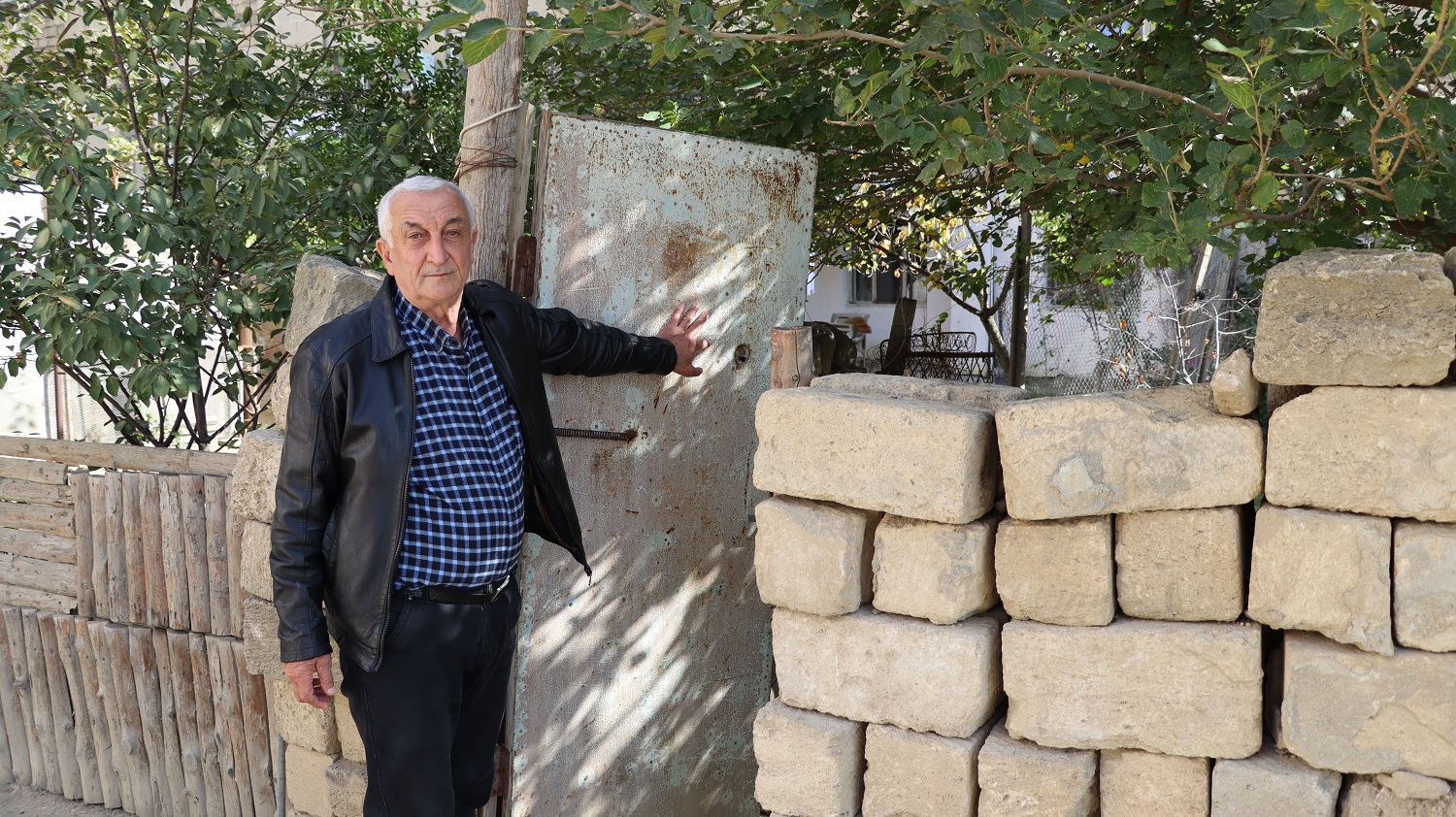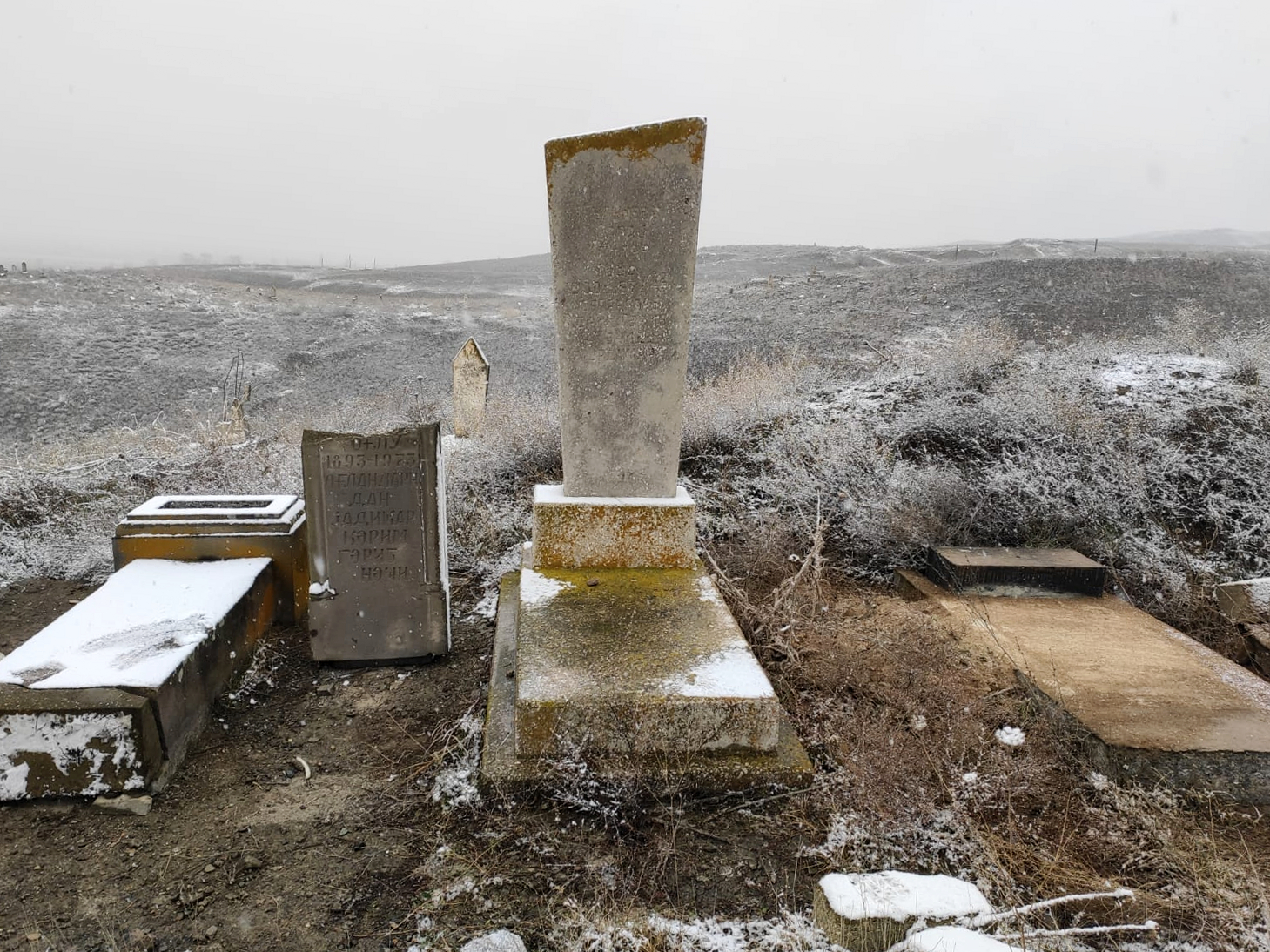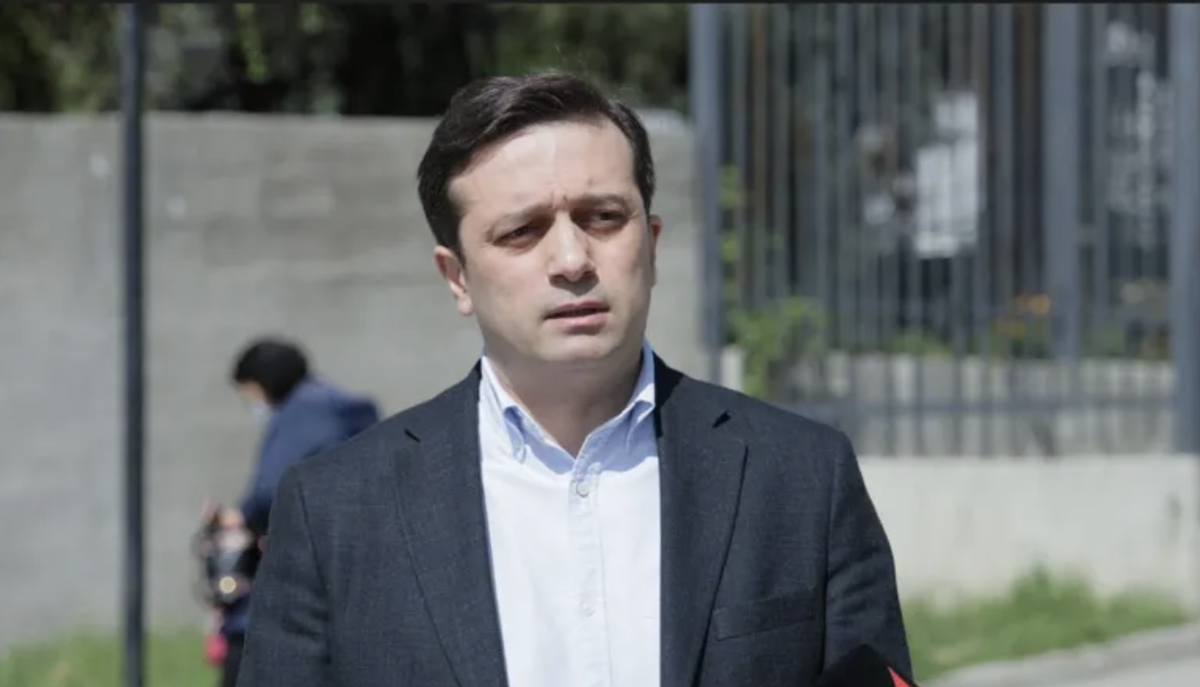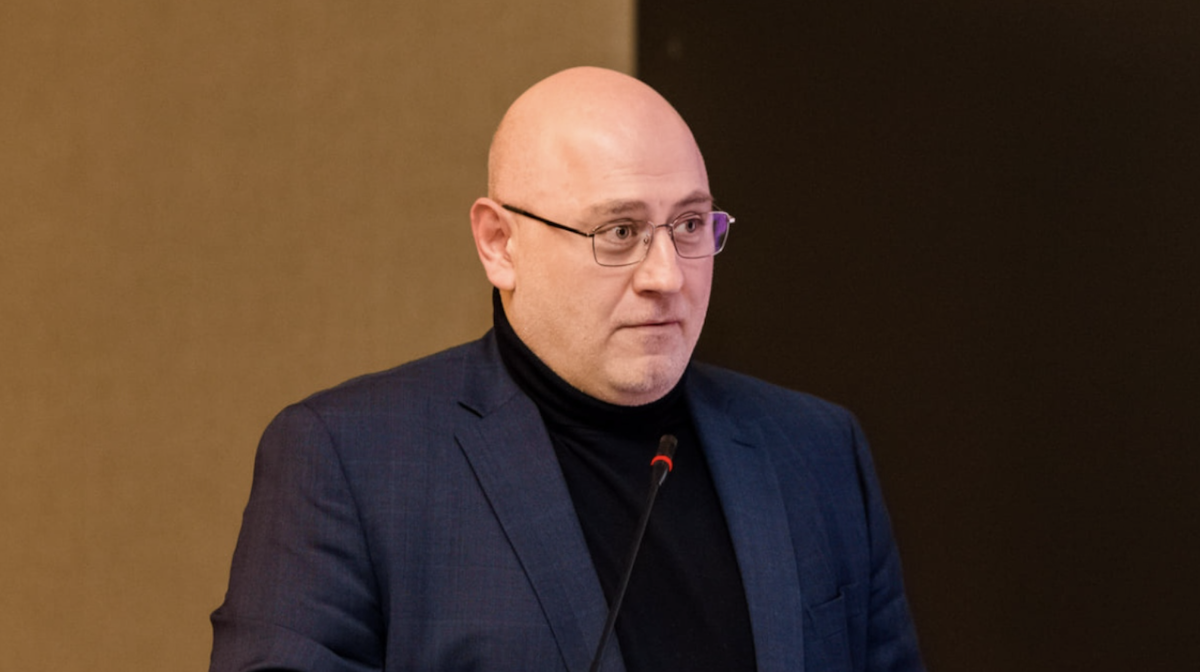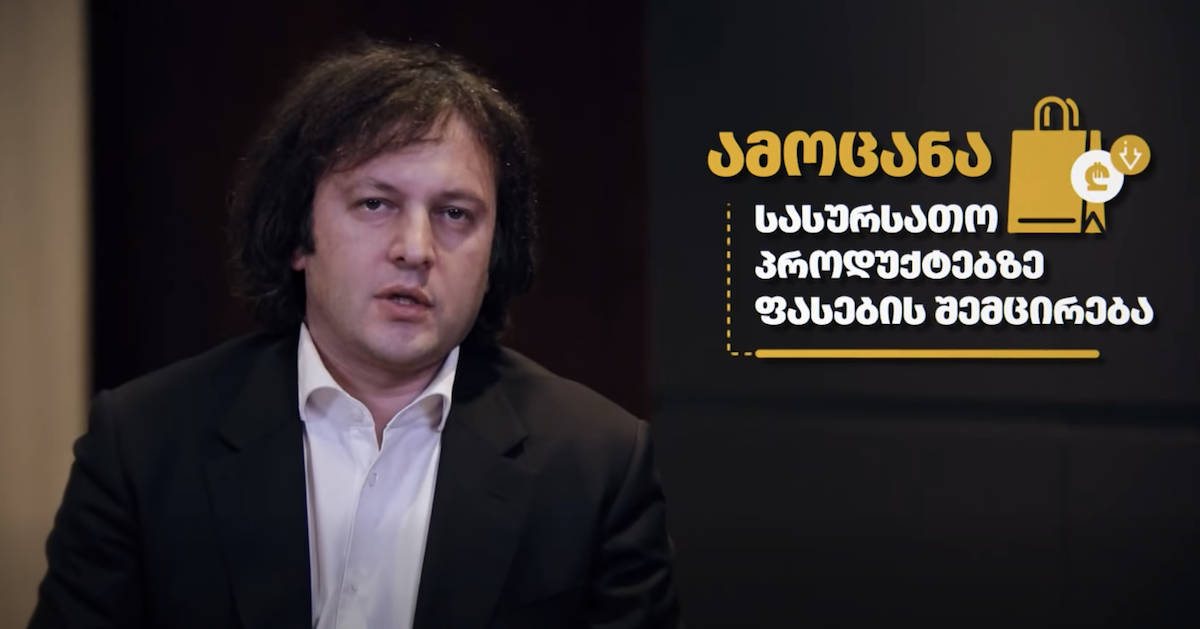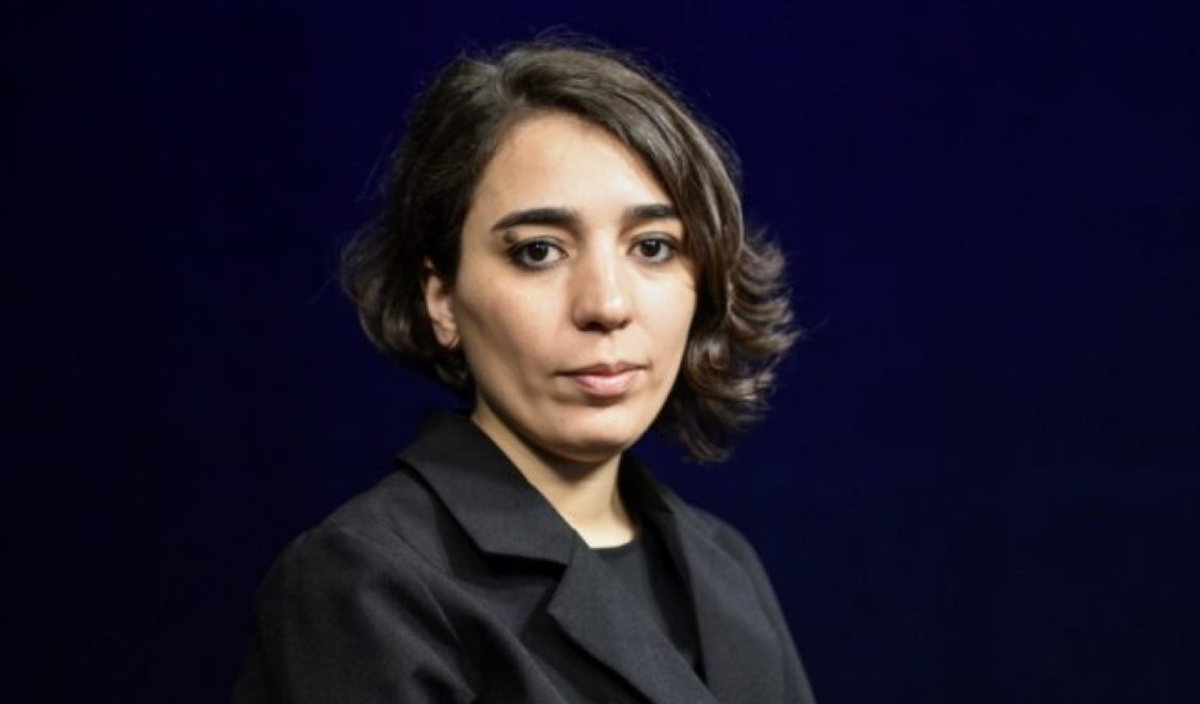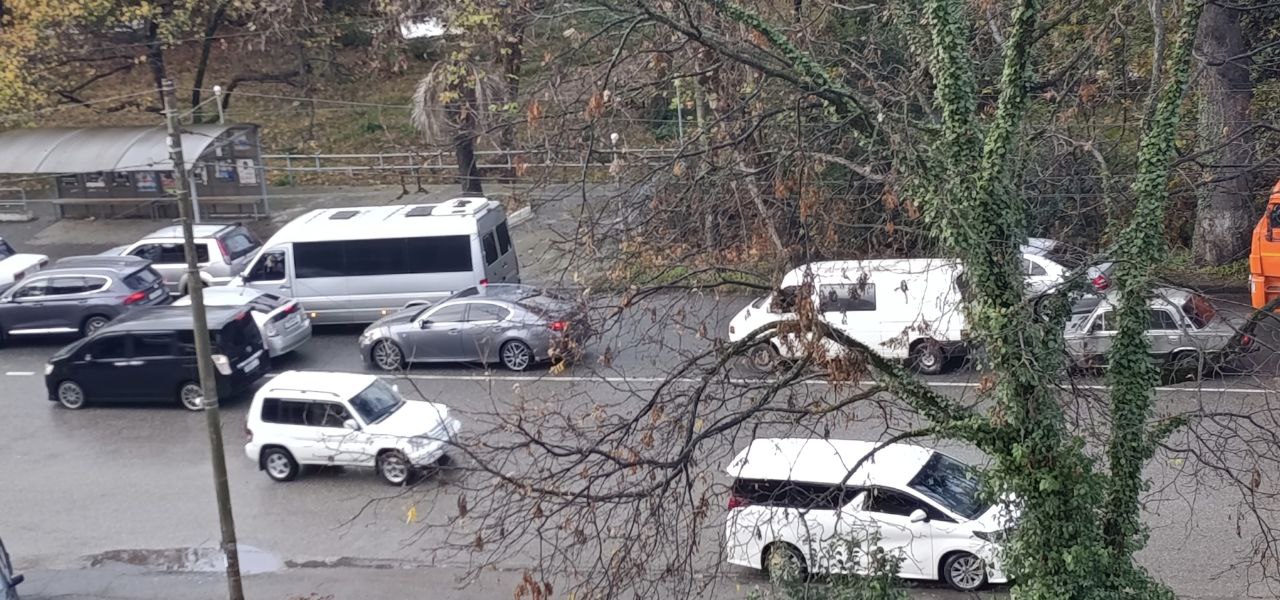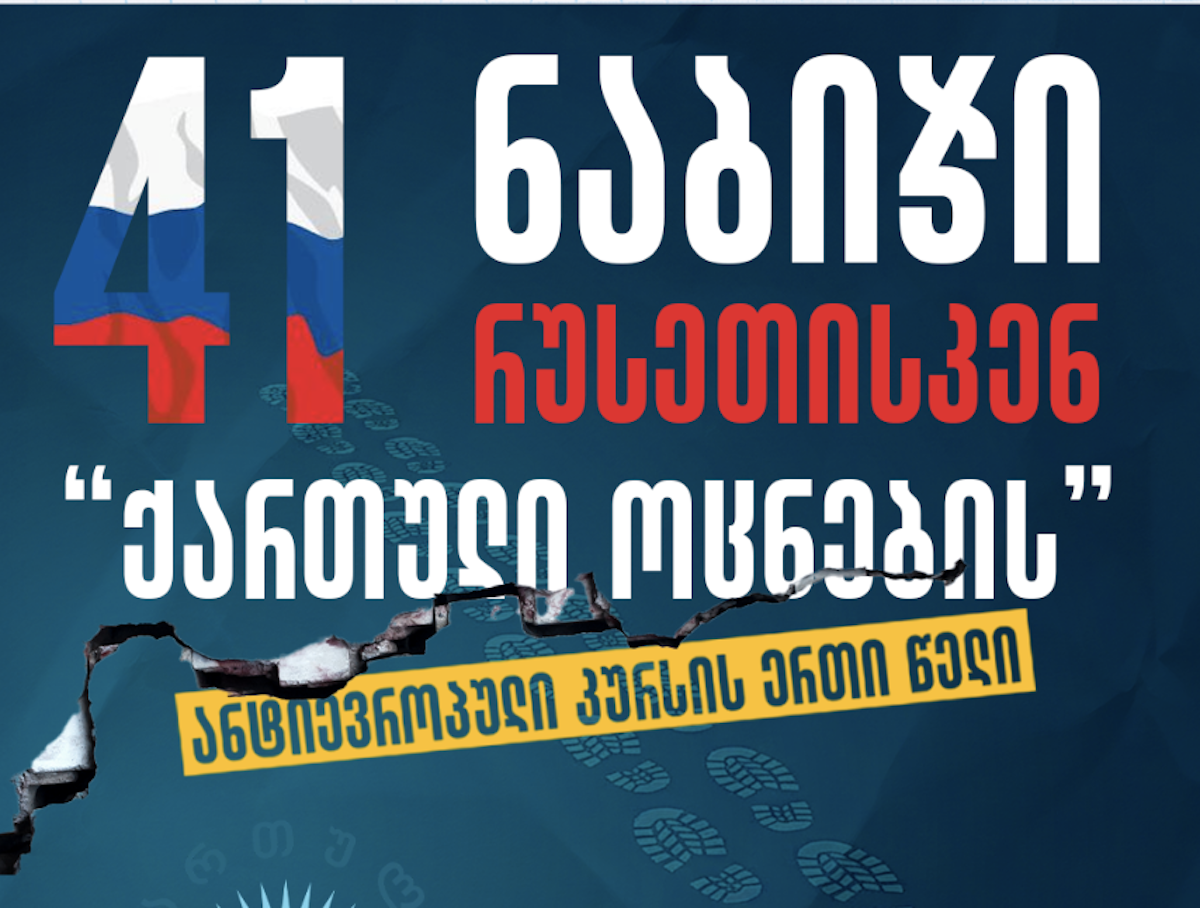Azerbaijanis return to Karabakh: Who can relocate and how? Answers to 8 questions
Azerbaijanis return to Karabakh
In May, about a hundred Azerbaijani families were resettled in the city of Shusha. One of them, the Kerimli family, described it as “boundless happiness.”
This year, the first resettlements in Khojaly, Khankendi, and other parts of Karabakh are also planned.
What criteria are used for the return of displaced persons? Can people from other regions of Azerbaijan move to Karabakh?
The BBC sought answers to these and other questions from official sources.
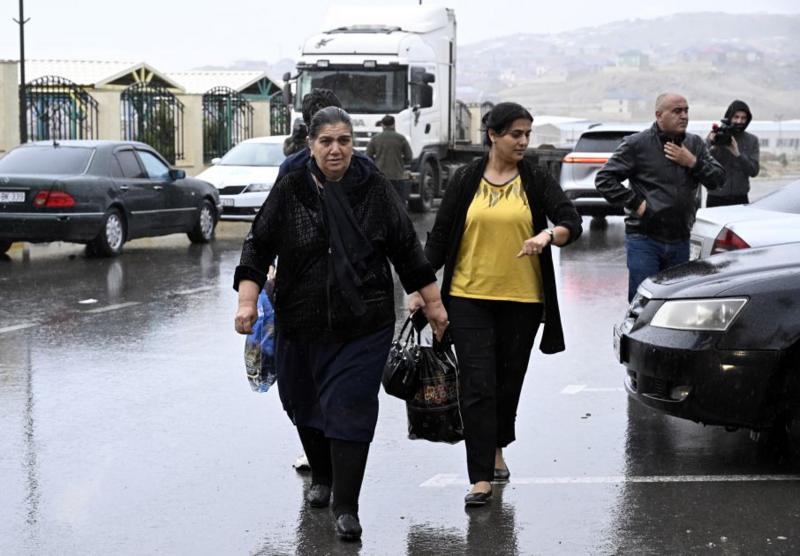
Which areas have already been repopulated?
Currently, the resettlement of displaced persons is ongoing in several localities: the city of Fuzuli, the village of Agali in the Zangilan district, the village of Talish in the Terter district, the city of Lachin, and the village of Zabukh in the Lachin district.
It is expected that by the end of this year, around 20,000 people will return to the cities of Jabrayil, Kalbajar, Khankendi, Khojaly, and Shusha.
Returns to the cities of Aghdam, Zangilan, and Gubadli are planned for 2025.
Additionally, master plans for more than one hundred towns and villages have been approved, and according to official information, construction is underway in many of these areas.
The State Committee for Refugees and Internally Displaced Persons told the BBC that families living in various temporary accommodations—dormitories, sanatoriums, and unfinished houses—will be resettled into renovated apartments.
“To ensure transparency and fairness, a lottery system is used,” the committee stated.
What does the government’s “Great Return” program entail?
The government asserts that it is implementing a two-stage state program aimed at repatriating displaced persons and rebuilding life in Karabakh.
The first program, titled “The Great Return to Liberated Territories,” began two years ago and will continue until 2026.
It is also one of Azerbaijan’s five national priorities until 2030.
The program also aims to create jobs in the public and private sectors of these regions.
In an interview with the BBC, one family who relocated to Lachin last year mentioned that, in addition to government jobs, there are greenhouses and farms providing private employment opportunities.
“My mother and brother moved into my father’s house, which was renovated by the government,” said a member of the family who wished to remain anonymous. He mentioned that internet access has recently been established in Lachin. Their income consists of his mother’s pension and allowances provided to assist displaced persons.
This Lachin family complains about the cost of goods, especially meat. Local media reported complaints about the high cost of living in Lachin last year. At the time, officials refuted such claims.
According to some residents who relocated to the liberated areas and were interviewed by the BBC, they are currently not being charged for gas, electricity, and water, but they have not yet been informed if this will change in the future.
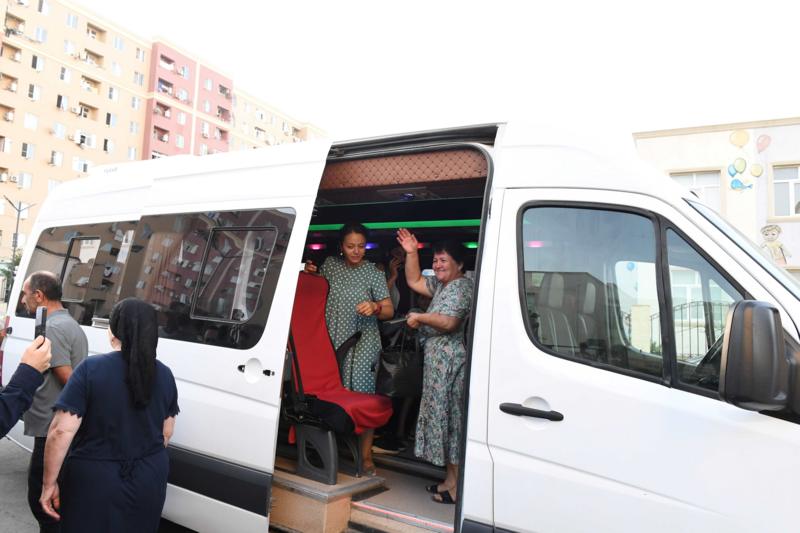
When will Azerbaijani residents return to Khankendi and Khojaly?
Khojaly and the village of Malibeyli were considered particularly affected areas during the first Karabakh war.
However, according to official information, these areas are nearly ready for resettlement, and “in the coming days, 50 families will be resettled in the town of Khojaly.”
This year, displaced persons are planned to return to the village of Malibeyli in the Khojaly district and the village of Karkijahan in the city of Khankendi.
The State Committee for Refugees and IDPs reported that they conducted a survey among these individuals for this purpose.
The committee added that during the survey phase, the government “clarifies the number of families willing to return, takes necessary steps regarding their social status and employment opportunities, conducts informational and propaganda work among the population, and also addresses technical and organizational issues of resettlement.”
However, the government agency did not disclose what necessary steps have been taken regarding employment opportunities.
It is expected that Azerbaijanis who will be resettled in Khojaly, Malibeyli, and Karkijahan will either settle in their restored homes or in new ones.
How long will the resettlement in Shusha take?
The first resettlement in the city of Shusha took place on May 10, with approximately 60 families resettled by that time.
According to one of the first residents who moved there after the construction of residential complexes in Shusha, Kerim Kerimli, initially families of martyrs and veterans were resettled in the city, followed by families living in difficult conditions in dormitories, sanatoriums, unfinished buildings, and premises in a dilapidated state.
He mentioned that houses were allocated by lottery, and the State Committee for Refugees and IDPs provided transportation “free of charge to Shusha.”
Kerim Kerimli noted that Shusha now has shops from three major chains, as well as four hotels, a dormitory, restaurant, museums, the Shusha State Reserve, and government buildings.
He also mentioned that a clinic and maternity hospital are operational in the city, with new medical facilities being constructed concurrently.
It is expected that a school in Shusha, designed for approximately 1,000 students, will commence operations in September.
When and how will the Karabakh University established in Khankendi operate?
The Karabakh University was established in Khankendi by order of president Ilham Aliyev at the end of last year.
The Karabakh University, which will commence operations in the academic year 2024-2025, is planned to accommodate about 1,200 students.
It is expected that within the next five years, the number of students will reach 5,000.
In the first academic year, the university plans to offer only bachelor’s degree programs, with master’s and doctoral programs also available in subsequent years.
The Karabakh University is expected to have faculties in pedagogical, engineering, economic, artistic, humanities, and social sciences fields.
The Ministry of Science and Education informed the BBC that students can qualify as primary school teachers, study mathematics and other subjects, economics, accounting, finance, law, and computer engineering.
It is planned that the university will employ 70 teachers. The state will provide dormitories or apartments to professors and lecturers of the university. It has not been officially announced yet whether there will be salary supplements for teachers who go to work in Khankendi.
Have the state benefits provided to the resettled individuals been revoked?
Former displaced persons, interviewed by the BBC, mentioned that they still receive allowances. These include food allowances as well as payments allocated from the state budget for utilities and other services.
Speaking to the BBC, they stated that they receive 60 manats [approximately $35] per person monthly for these purposes.
“We will continue to receive assistance for another two and a half years,” said a member of one of the families who moved to Lachin.
According to official information, social protection measures provided for displaced persons will be considered expired three years after conditions are created for their return to their former places of residence (or after their resettlement).
Three years after the opportunity to return to their permanent place of residence is created, the monthly allowance, which they refer to as “bread money,” will also cease.
Can internally displaced persons (IDPs) move to places where they are not registered?
Since the Karabakh return program has been initiated, some families of displaced persons want to resettle in other cities rather than in the districts where they lived before the first Karabakh war.
According to the State Committee for Refugees and IDPs, as per the relevant state program, the committee only facilitates the resettlement of former displaced persons in settlements being restored or rebuilt.
These displaced persons are provided housing only in the district where they are registered.
But can former displaced persons who have returned to Karabakh and Eastern Zangezur after liberation from occupation sell or rent out the homes gifted to them by the state?
The State Committee for Refugees and IDPs did not respond to this question from the BBC.
One former displaced person who returned to Karabakh told the BBC that they have not been officially informed that they cannot sell their homes.
“However, from what I have heard unofficially, selling homes will be impossible for some time. I support this because we should live in these houses, at least until our cities are rebuilt. However, in the future, just like people from other regions of Azerbaijan, those who returned to Karabakh should have the opportunity to do the same,” said one of them.
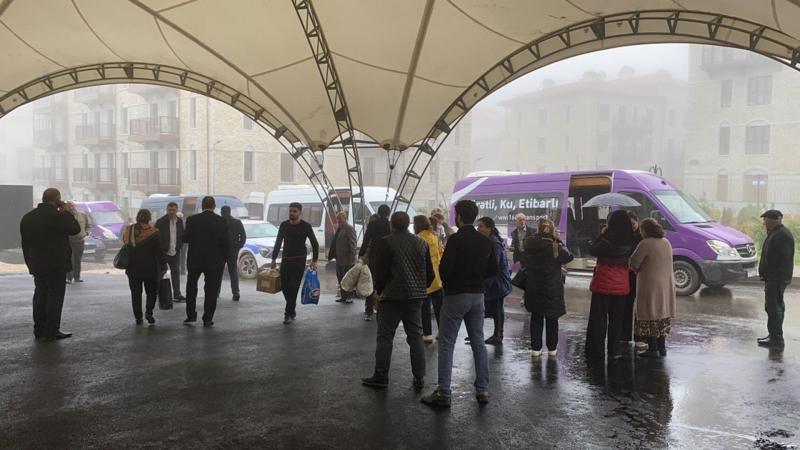
Can citizens registered in other regions buy a house in Karabakh?
In January of this year, Azerbaijani president Ilham Aliyev stated in an interview with local television channels that those who want to live in Karabakh can buy a house there.
According to him, for example, a multi-story residential complex has been built in the city of Agdam.
BBC was unable to obtain an official response from government agencies regarding how and when this process will be implemented.
However, an employee of one of the institutions involved in resettlement in Karabakh, who wished to remain anonymous, told the BBC that this process is expected to commence in 2026 – after the resettlement of former displaced persons is completed.
According to him, the top priority at the moment is the resettlement of displaced persons.











